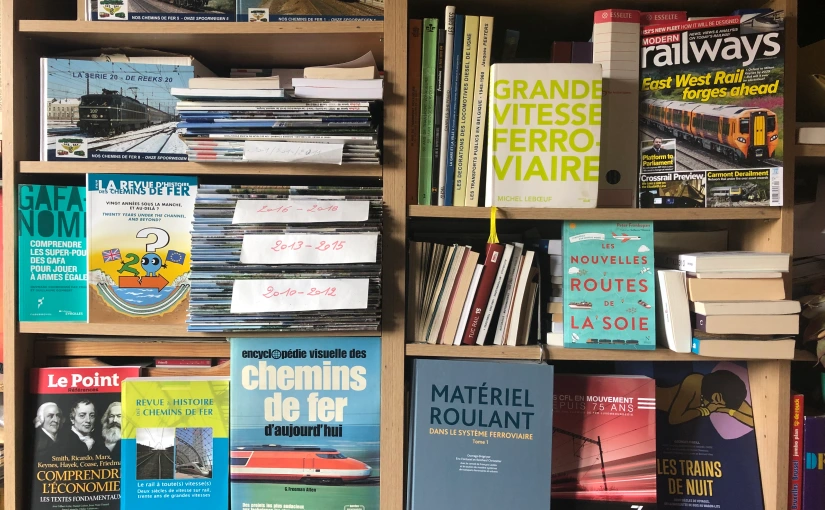Analysing and understanding the rail sector is essential if we are to gain an insight into what is ultimately a very vast sector. The general public only knows about trains a thousandth of the time via the press, and most of the time from a polemical or political angle. Something else was needed. Between TEN-T, wagon, TGV, digitalisation, intermodal or UIC standards, who does what and how? This dictionary is here to answer your questions. You won’t find any news here: for that, you’ll have to visit Rail Europ News, which provides weekly updates and relevant analyses.
But who is the author of all this? Frédéric de Kemmeter was born in the same year as the SNCB’s 16 series locomotives entered service. A rail enthusiast since the age of 5, he wanted to know what was behind the scenes and, as a teenager, immersed himself in rail technology and economics. In 2012, he launched both a social network and a blog to tell a different story about trains, one that goes beyond politics, controversy, strikes and cheap 240-character PR. Behind the Scenes shows us the dynamics that drive the rail industry, with its railwaymen, its trains, its technical standards, its industry, the laws that govern it and… the users/customers who use it.
What was missing, alongside the chronological news, was a more educational site, a kind of dictionary. A first site was created, but it had problems with links and other technical quirks. So it was decided to replace it with this one, The Railway dictionary of Mediarail.be, which was easier to design and easier to read.
I’m the only one doing it, so it’s going to take some time, but as I write this dictionary, I’ll be adding entries that I hope will help you get to know this fascinating sector better. Let’s not forget that we are celebrating 200 years of existence in 2025, whereas for decades we have been planning its slow death…
The best way to start is to dive into the glossary and choose your favourite card. I hope you enjoy navigating this ocean of railways and that you learn something.
